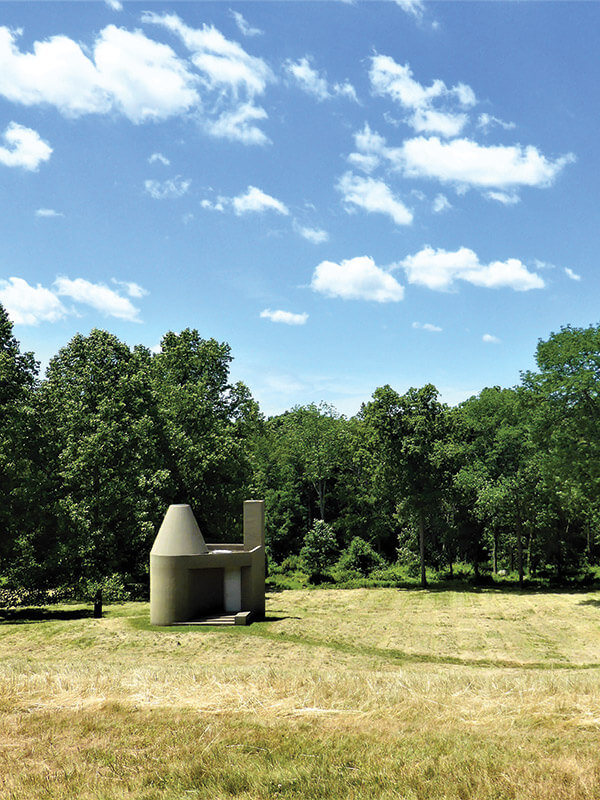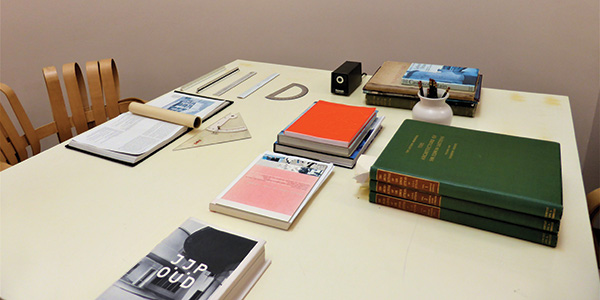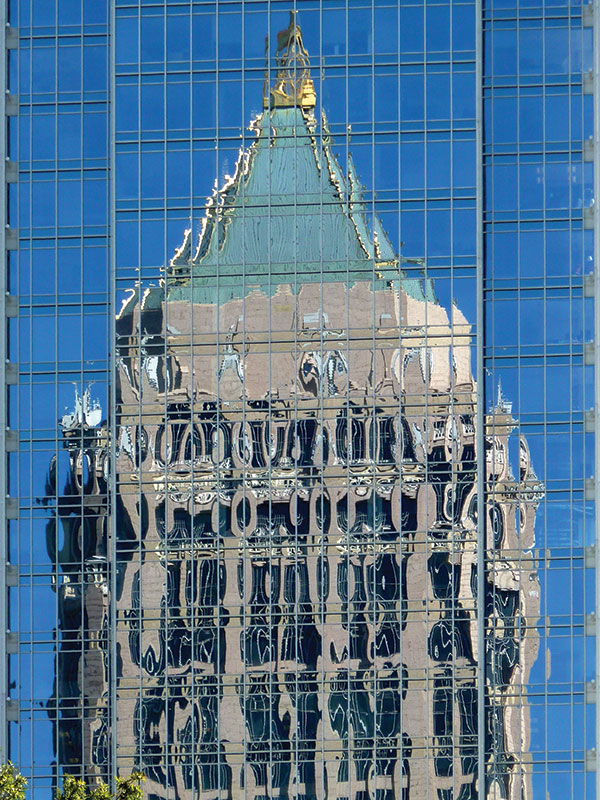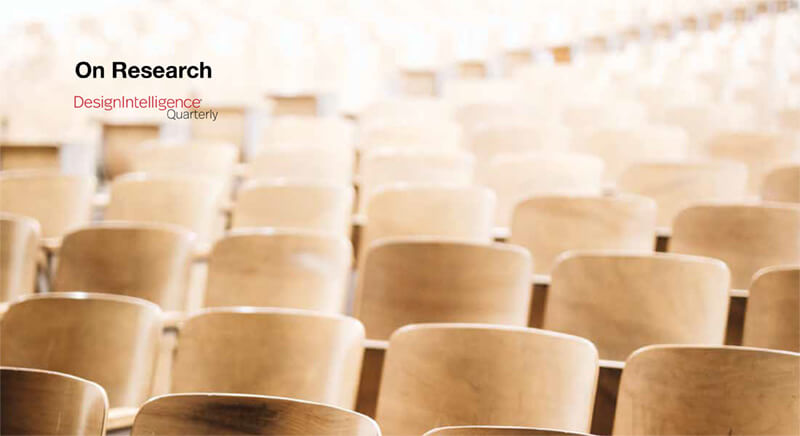On Research
by Michael Lefevre
In a world full of data, designers, owners and builders can no longer rely solely on intuition: we need to know what has come before — and use the wisdom of others.
When I was in school in the 1970s, we didn’t do research. We were taught that great design simply emanated from our brains. That’s what we were responsible for — original creations. When we were inclined on rare occasions to do research, we didn’t have things like the Internet or Wikipedia. In those days we relied on manual labor. We read hard copies of books in the library, painstakingly extracted individual ideas that seemed relevant, and hand wrote them on 3 x 5 cards in hopes we’d reuse these “information bits” later. Research was little more than occasionally wandering into the library to look at the work of other great architects. Oscar Niemeyer had some sumptuous modernist forms. Ludwig Mies Van Der Rohe tested pure functionalism. Phillip Johnson borrowed from all of them. (Personal research via a visit to his studio in New Canaan confirmed this method: his desk and favorite architectural monographs were still there.)
But there was little in the way of the written word or actionable data. We were architects, not scientists. Even if there had been, we had no way to find or aggregate it. We didn’t have keywords, tags, hashtags or hyperlinks back then — only memory, experience, and hoarding our favorite fragments.
No wonder we didn’t want to do research. Research was little more than the set of old blueprints we had from past projects, or the personal libraries of coffee table architectural monographs designers had to fuel their imagery. Luminary Thom Mayne was lovingly known as the “piece thief” for his penchant of borrowing, adapting, and reusing elements in his form-making. A section of a grille from a Pontiac Bonneville, a detail from an electrical generator — all had the potential to reappear in new manifestations in his expressive works. But where could those who sought non-visual expertise and references look?
A few enlightened souls conducted literature searches to see what had gone before. They found little. Others organized comparable facilities visits — still a fine tactic in building common team experience, reference points, and compressing data into mutually understandable preferences. But most learning accomplished using these methods was held closely for internal firm or project use, not shared across firms or the industry. Few of these undertakings could qualify as research.

Things have changed. A local library just announced they are doing away with the Dewey Decimal system. Why? Because we longer need to classify information into a hierarchical, subject-based categories. Everything is connected, tagged, searchable and linked. Everything is available. Now we have a much broader set of tools at our disposal. Things like computers, laptops, mobile devices and this iPhone into which I’m dictating this thought give us anywhere, anytime access to everything. Most importantly, because we’re connected digitally, we can share and access information. Rule sets, protocols and filters make it useable. Now, our problem is having too much of it — even to the point of disinformation, sometimes malicious. We must rely on researchers’ fact checking and validating the veracity of vast amounts of data as they convert it to wisdom, knowledge and action. But despite these caveats, we can be more powerful and knowledgeable now. And we should be.
The problems we face now are so much bigger than the individual buildings we used to create from our individual minds. The architect’s mandate has become more than one-off form making. Now, the issues we face in creating built environments are ones of infrastructure, environment and connectedness: our own sustainability. The implications of our actions are vastly greater than those we faced in the 1970s, during the heyday of modernism, the age of anti-establishment, and the dawn of postmodernism.
I hope current students and practitioners have a greater appreciation for the importance of research than we did — that is, looking again, or looking for the first time — at the work of others. We need to be smarter. Our own brains are no longer enough. The problems are simply too big and too connected. These kinds of wicked problems dictate our working together to learn from history. We need to know what has come before — and we need each other.
As I reflect on research (and how little of it we did in my day), my hope for future practitioners is twofold. First, that they avail themselves of these new mindsets, skill sets, systems, and toolsets to use, create, and share the intelligence now available to create in smarter, more sustainable ways. Second, is that the inherent messiness of serendipity, random discovery, and the cyclical, explorative nature of design process will never be lost. Machines, shared, and artificial intelligence will help, but there’s an art — a human art — to deciding what to filter and what to include to create meaningful, beautiful, sustainable work.
I hope designers and builders of the future do these things in ways I never could.






